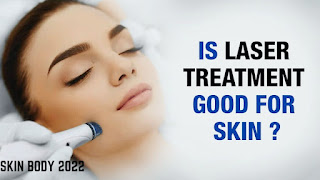What are the types of skin grafts?
Healthy skin is taken
from an area on your body referred to as the donor web site. the general public
WHO area unit having a cutis have a split-thickness cutis. This takes the 2
prime layers of skin from the donor web site (the cuticle) and also the layer
below the epidermis (the dermis). The donor web site may be any space of the
body. The common variation could be a whip and tongue graft, that is taken into
account the foremost troublesome to master however has the best rate of success
because it offers the foremost cambium contact between the descendent and also
the stock. it's the foremost common graft employed in getting ready business
fruit trees. The graft is fastidiously unfold on the vacant space wherever it's
being transplanted. it's command in situ either by mild pressure from a
well-padded dressing that covers it, or by staples or many little stitches. The
donor-site space is roofed with a sterile dressing for three to five days.
Depending on the
origin:
· Autograftor autologous graft: skin obtained from the patient’s own donor site: Autologous graft, or graft, involves the transport of bone from a donor web site to a different location within the same patient. it's thought of by several to be the gold normal of bone affixation, because it is provides all life factors needed for purposeful graft.
· Allograft or heterologous graft: skin obtained from another perso: Allograft or heterologous graft: skin obtained from another person. Skin homograft is obtained from somebody's donor (deceased or healthy) and used as a brief protect burn wounds. It are often classified into the following: Viable: a. contemporary (freshly harvested from donor or refrigerated.
· Xenograft or heterograft: skin from other species, such as pigs.: A graft transferred from associate animal of 1 species to at least one of another species. In somatic cell biology, a heterologous transplant refers to cells from a mixed population of donor cells. this is often in distinction to associate autologous transplant wherever the cells area unit derived from a similar individual or associate allogenic transplant wherever the donor cells area unit HLA matched to the recipient.
·
Synthetic
skin substitutes: manufactured products that work as skin equivalents: Synthetic
skin substitutes ar created out of non-biological molecules and polymers that
don't seem to be gift in traditional skin. These constructs ought to be stable,
perishable and supply AN adequate setting for the regeneration of tissue.




Comments
Post a Comment